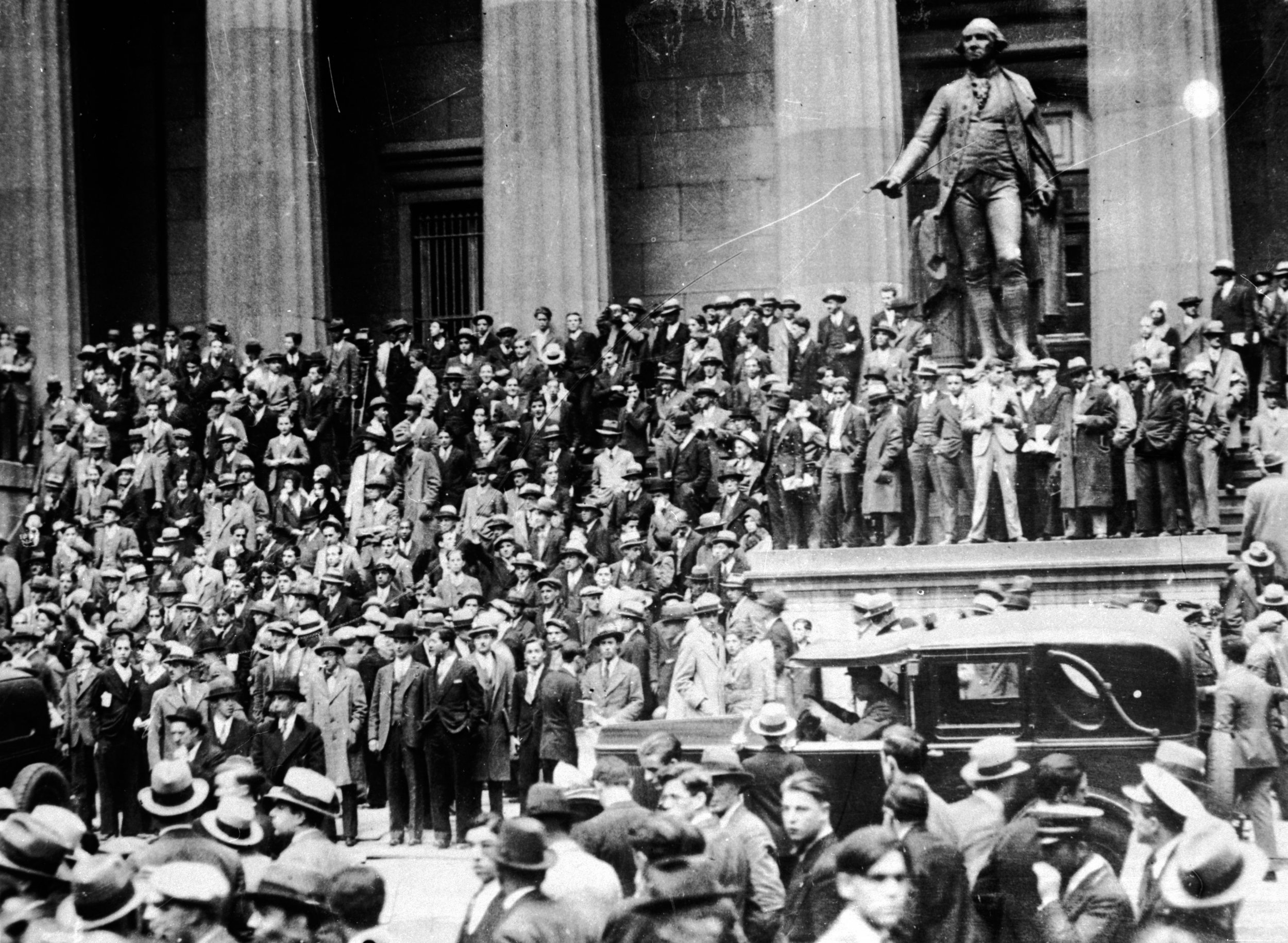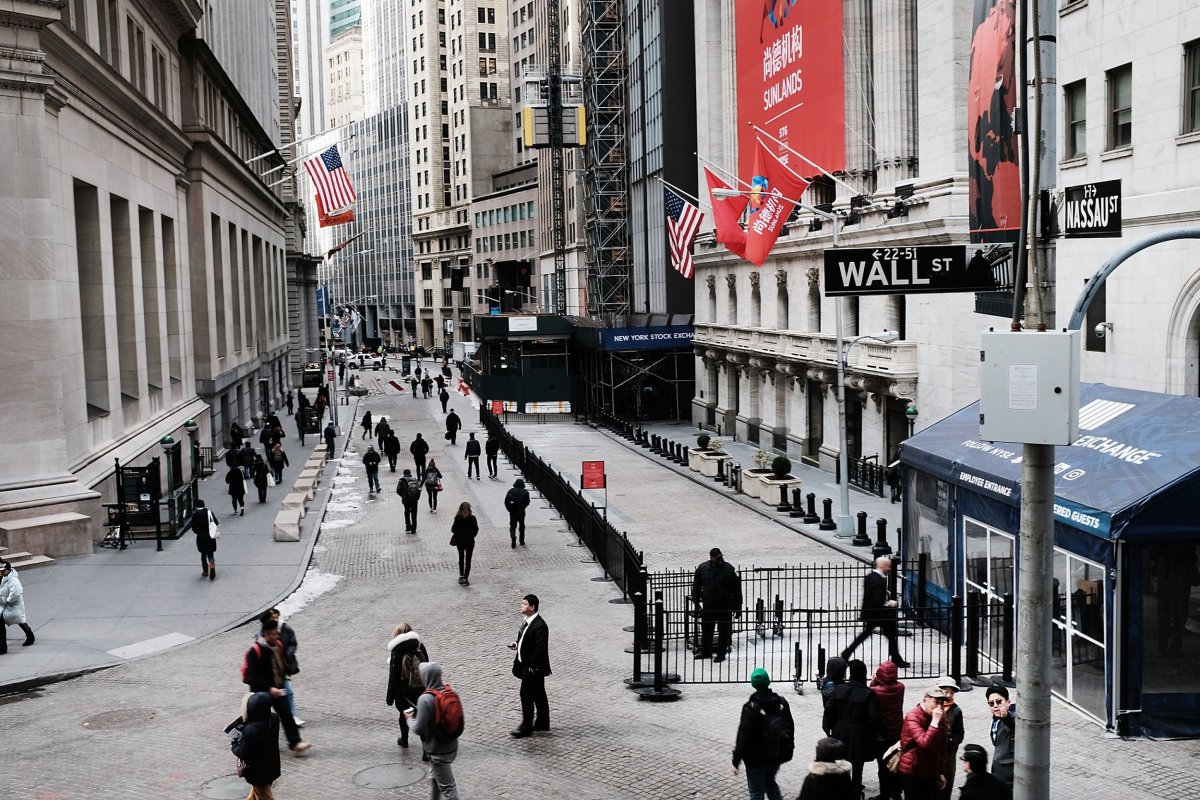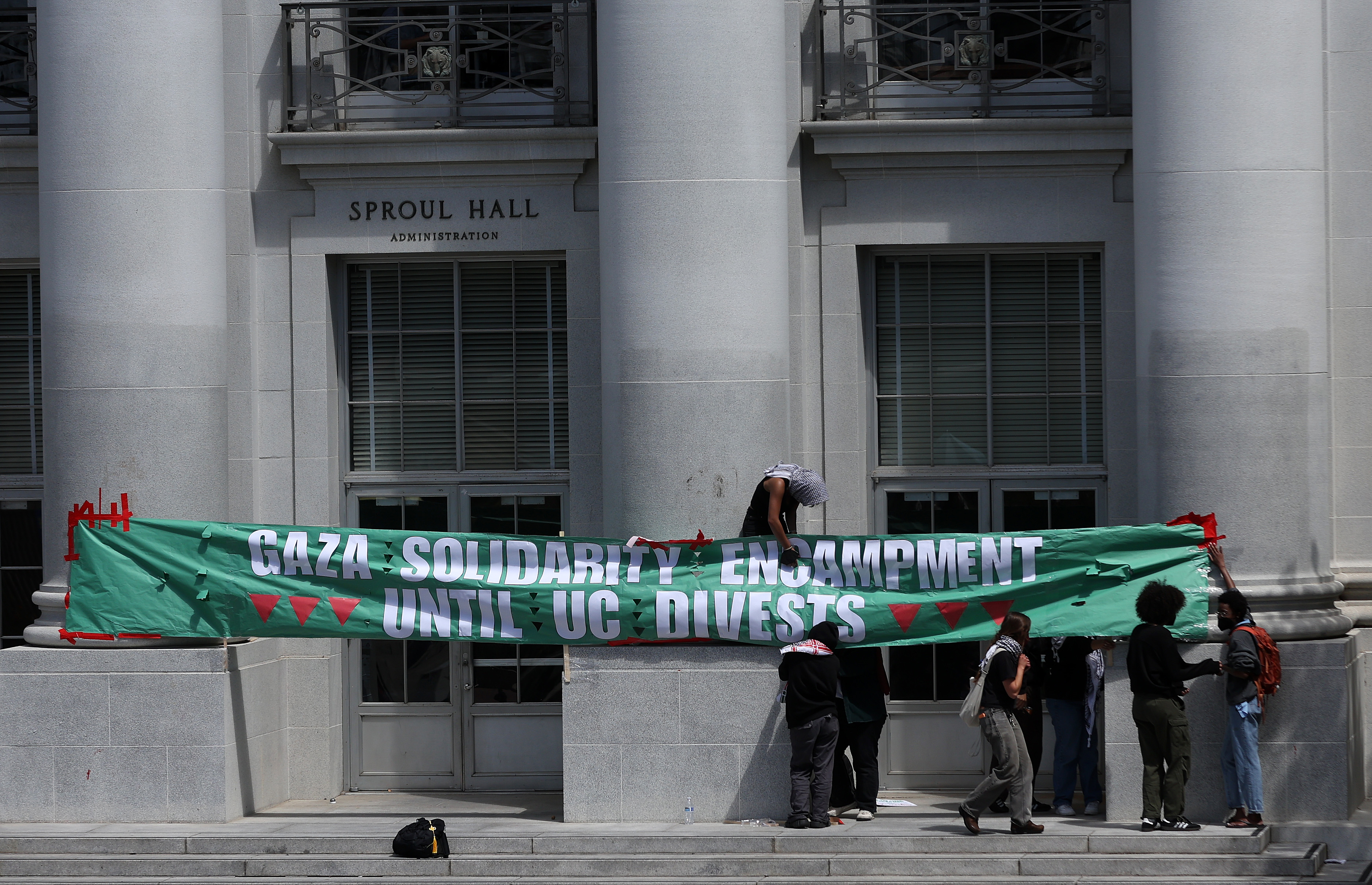
Sunday marks the 98th anniversary of a terrorist bomb attack in the heart of New York City. As employees at some of the world's wealthiest institutions headed out for the noon lunch rush, a concealed 100-pound bomb turned the iconic Wall Street into a scene of bloody chaos.
The attack killed 38 people—30 immediately with the remainder later succumbing to wounds. The metal fragments packed around the explosives wounded hundreds more.
Among those killed were J.P. Morgan chief clerk William Joyce, while Junius Morgan—son of J.P. Morgan, Jr.—was wounded. Joseph P. Kennedy, a stockbroker who would become father of future President John F. Kennedy, was thrown several feet by the blast.
It was the deadliest terror attack in American history up to that point, a title it would hold until Timothy McVeigh destroyed the Alfred P. Murrah Federal Building building in Oklahoma City 75 years later.
Despite the death toll, the high-profile target and the audacity of the attack, its perpetrators were never identified or punished. Though pockmarks on the walls of Wall Street's buildings still bear testament to the crime, none are held accountable in the history books.
The early 20th century was a turbulent period of American history, and theories abounded as to who placed the bomb on the horse-drawn carriage opposite the J. P. Morgan building.
The location and method of attack suggested that whoever was behind the bomb was targeting those who worked for New York's financial institutions. As soon as police realized it was an intentional explosion, suspicion fell on anarchist and socialist groups.

Such organizations were highly active at the time, and had been behind a string of high profile bombings and assassinations worldwide. In the U.S., anarchists were especially infamous given their links to the assassination of President William McKinley in 1901 and a well-publicized series of bombings from April to June 1919.
This presumption was supported by a stack of anarchist flyers discovered in a mailbox a block away from Wall Street. Other theories included an assassination attempt on J.P. Morgan, Jr., though this was dismissed as he was in Europe at the time.
Another suggestion was that the explosion was part of a failed effort to steal $900 million in gold bars that were being moved that day from the adjacent Sub-Treasury Building, but the evidence available seemed to point to a political motivation.
Still, no group claimed responsibility. Investigators revealed that the bomb had been made from TNT, with iron window sash weights stuffed around the explosives to maximize the bloodshed. It was set off by a timer once the bombers had already left the scene. Unfortunately, in the chaos following the blast, much of the debris was swept from the road by locals and vital evidence lost.
Detectives interviewed every sash-weight maker and dealer in the U.S., and visited 500 stables along the Atlantic coast in a desperate hunt for a lead. But they were out of luck. Though suspicion fell on European communities—particularly Italians, Russians and Jews—investigators came up empty-handed.
Suspects included Edwin P. Fischer, a lawyer and tennis champion who frequently suffered bouts of mental illness. He had several times predicted an explosion on Wall Street in mid-September, but turned out to be in Canada when the bomb went off. His prophecies were dismissed as delusions.
A more likely perpetrator was Pietro Angelo, an Italian anarchist connected to the spate of radical bombings in 1919. However, he was able to provide an acceptable alibi. The government still decided to deport him to to his native Italy, just to be on the safe side.
Most historians agree the bomb was likely the work of Angelo's comrades in arms, Italian anarchists known as Galleanists. The extremists were named for Luigi Galleani, the writer, insurrectionist leader and explosive expert whose works inspired anarchists worldwide.
He had been deported to Italy in June 1919 after the wave of anarchist bombings rocked the country. Though no link was proven between Galleani and the attacks, the ideological connection was enough for authorities to want him gone.
In the years since the bomb, investigators suggested another Italian anarchist, Mario Buda, may have been the culprit. He was close to Nicola Sacco and Bartolomeo Vanzetti, two radicals who had been indicted on September 11, 1920, for a murder during a failed robbery. Buda left for Italy shortly after the attack and remained there until his death, out of the authorities' reach.
As suspects fled or were deported, the trail went cold. After thousands of interviews and dead ends, the investigation was dropped. The FBI reopened the case briefly in 1944, concluding the explosion was likely the work of "Italian anarchists or Italian terrorists."
The carnage was swept away and Wall Street carried on, creating untold wealth throughout the roaring twenties, unaware of much more significant calamity that would devastate the institutions lining the street at the end of the decade.
No memorial was ever put up, and the only thing that marks the tragedy are the gruesome shrapnel marks that still adorn the front of 23 Wall Street today.
Uncommon Knowledge
Newsweek is committed to challenging conventional wisdom and finding connections in the search for common ground.
Newsweek is committed to challenging conventional wisdom and finding connections in the search for common ground.
About the writer
David Brennan is Newsweek's Diplomatic Correspondent covering world politics and conflicts from London with a focus on NATO, the European ... Read more
To read how Newsweek uses AI as a newsroom tool, Click here.








